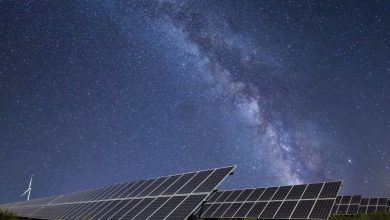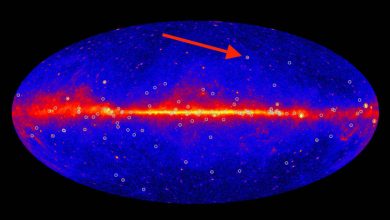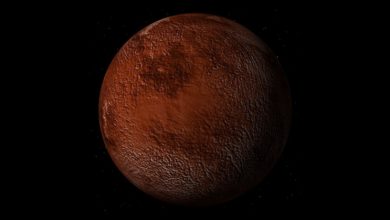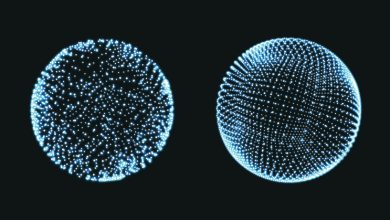Latest Articles
-
Apr- 2022 -11 AprilSolar

Stanford engineers invent a solar panel that generates electricity at night
Lead Image: These ordinary solar panels don’t generate electricity at night, future iterations of the technology might be able to. zhengzaishuru / iStock The skies above Stanford, California, were unusually clear for several nights last October. That was good news for researcher Sid Assawaworrarit and his colleagues. Those conditions were “probably the best of the year,” he tells IE. Assaworrarit isn’t an astronomer grateful that clouds didn’t block starlight from traveling through the atmosphere and reaching the mirror of his telescope. An electrical engineer, he welcomed the cloudless nights for an entirely different reason: a clear night means infrared light from the surface…
Read More » -
11 AprilSpace

How gamma rays from distant pulsars show ripples in the fabric of space-time
Lead Image: The white circles show select pulsars detected by the Fermi Gamma-ray Space Telescope. The red arrow points to J1231-1411, which was instrumental in this project. NASA Our galaxy, the Milky Way, is on a collision course. But don’t hold your breath. In roughly 4.5 billion years, the Milky Way and its nearest galactic neighbor, Andromeda, will merge. These galaxies — like all the others — each have a supermassive black hole at their center. As gravity pulls them closer and closer together, the black holes will almost certainly begin orbiting each other. These objects contain so much…
Read More » -
11 AprilPlanets

All about Vulcan, a hypothetical planet between the Sun and Mercury
For millennia, the planets visible to the naked eye—Mercury, Venus, Mars, Jupiter, and Saturn—filled out the solar system along with the Sun, the Moon, and Earth. But when the scientific revolution led to the discovery of the “invisible” planets Uranus and Neptune in the 19th century, scientists also began to believe that there was at least one more planet lurking around the Sun, and this one was even closer: the planet Vulcan believed to orbit somewhere between Mercury and the Sun. The search for the planet Vulcan in the 19th century was one of the most stubborn scientific endeavors of…
Read More » -
10 AprilScience

Antimatter: Normal Matter’s Touchy Alter Ego
Lead Image: A team led by physicists from Oxford University analyzed data from the Large Hadron Collider (LHC) and discovered that a subatomic particle can switch between matter and antimatter, a report by New Atlas explained. Antimatter, which is differentiated by having the opposite charge to normal matter, is composed of the antiparticles of normal matter. Some particles oscillate between being matter and antimatter via superposition, as illustrated by the thought experiment of Schrödinger’s cat. In a world-first discovery, it was found that the charm meson, a subatomic particle made out of a charm quark and an antiquark, can travel…
Read More » -
10 AprilPlanets

Dwarf planets: all about these controversial almost-planets
Lead Image: An artist’s impression of the dwarf planet Eris. Image Source: Wikimedia Commons If you know anything about the Pluto demotion controversy of 2006, you probably know that the former ninth planet of the solar system is now a lowly dwarf planet. The decision by the International Astronomical Union (IAU) was certainly greeted with debate and criticism from the public, many of whom will likely tell you that they still consider Pluto a planet. Besides being a bit of a weird hill to die on for anyone who isn’t a professional astronomer, it is also likely the result of…
Read More »










